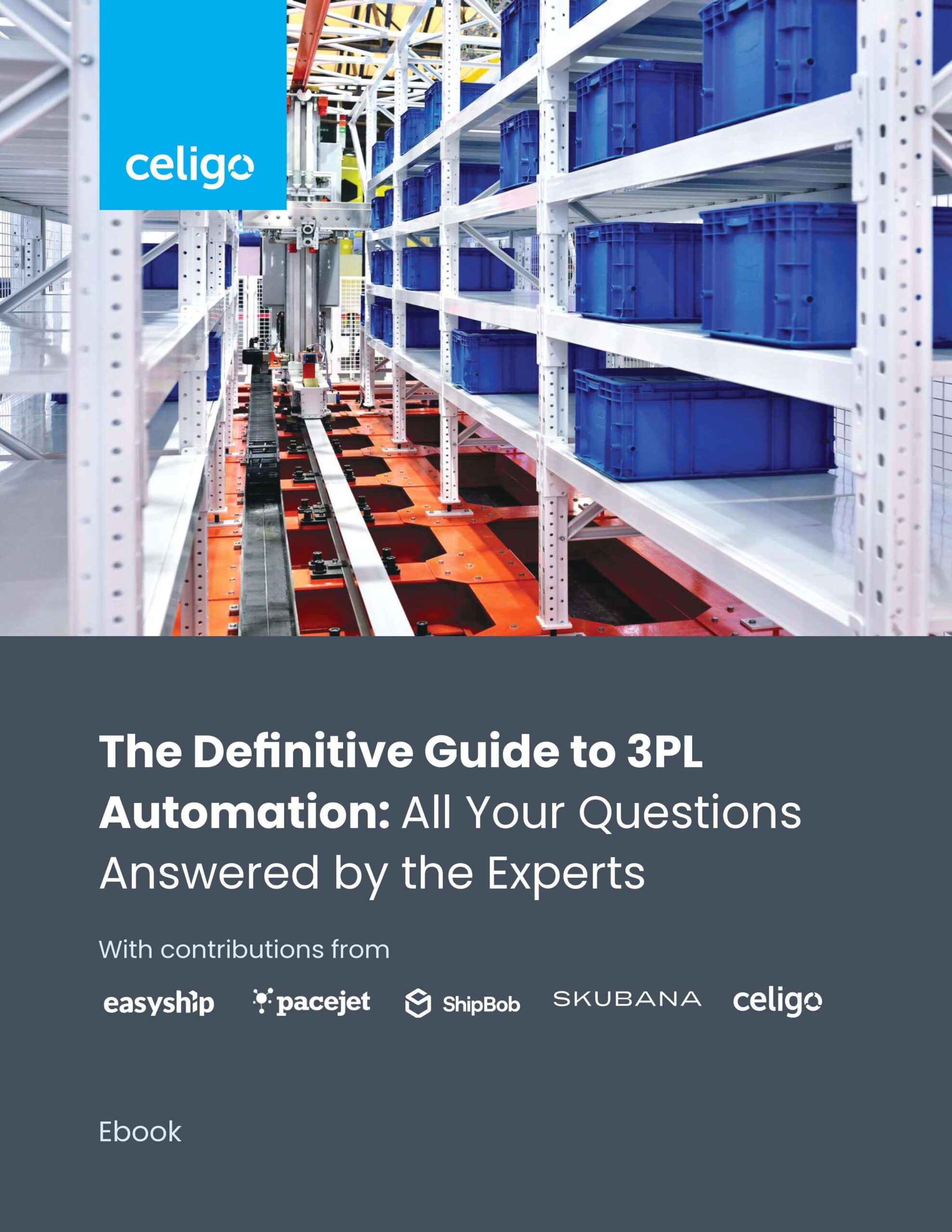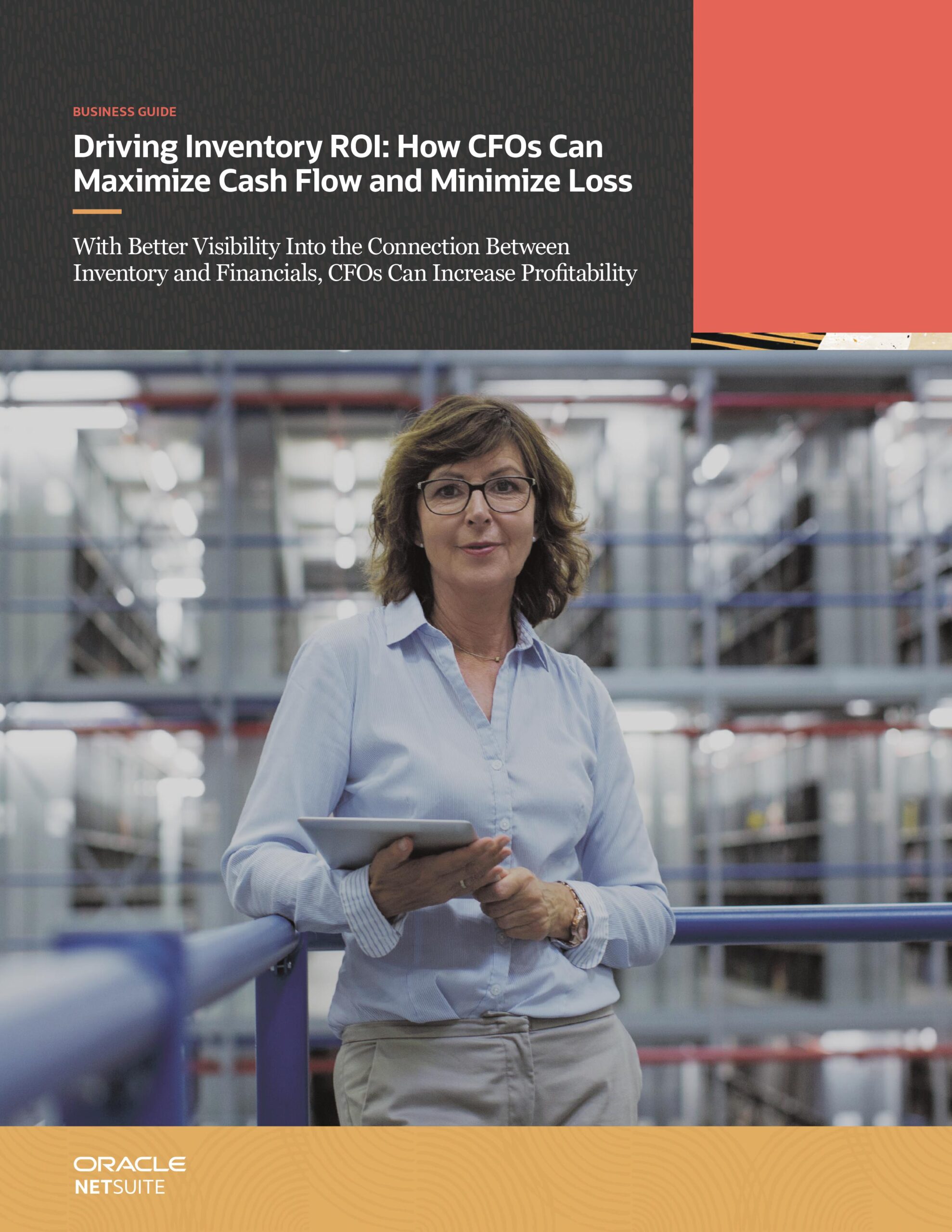
Home / Articles
Introducing Automated Barcode Data Collection When Implementing a New ERP
Overview
This whitepaper discusses the timing of introducing an automated barcode data collection solution when implementing a new ERP system.
What is Automated Data Collection?
Automated Data Collection is a software application that extends a company’s ERP system such that mobile (barcode, RFID) devices can be leveraged to improve operational efficiency and accuracy. The use of data collection automation allows companies to reduce costs associated with inventory, labor, and manufacturing. Through the use of mobile functionality (receiving, transferring, picking, counting, production reporting) inventory and labor transactions are performed faster and more accurately. Barcodes, RFID, or voice data collection directs workers what to do, validates they are doing so accurately, and provides real-time inventory and manufacturing updates to the company’s ERP system. Ultimately this provides end to end inventory and manufacturing visibility across the enterprise. Though data collection benefits can apply to a variety of industries, this whitepaper is targeted towards manufacturers and distributors where inventory tracking across the supply chain is critical.
Why Timing is Relevant/Considered
The implementation of a new ERP system is a significant undertaking for companies. Full deployments across a company with multiple sites can take years. Project teams are typically large and can include a cross section of finance, operations, and IT personnel. Therefore, resources, budget and timing are all important considerations in planning an ERP deployment. Like all large projects, scope needs to be defined and controlled. As a result, implementations are, many times, phased. Phases may relate to divisions or sites, or by operation or department such as manufacturing, financials, order to cash, etc. The right time to implement data collection is also an area examined when implementing an ERP system.
The Case for Implementing Data Collection in Phase 1
Though some companies choose to implement data collection in a subsequent phase after the ERP has been deployed, data collection is best implemented at the same time as the ERP’s Manufacturing and Distribution modules. The reason why? This is the most efficient time to do so.
When implementing a new ERP system, as-is operational processes (such as the physical movements of raw materials and finished goods) are examined and documented to map to the ERP. In some cases, these processes may change to align with the capabilities of the new ERP system or to make general operational improvements. The implementation team will define the best way to implement/configure the ERP system to align with the to-be operational processes and to achieve the desired business goals.
The most important reason to implement data collection in Phase 1 in conjunction with the ERP Manufacturing and Distribution modules is to prevent an ERP configuration that is inappropriately designed for automation. If data collection is not considered in Phase 1, the ERP configuration to accommodate manual, paper-based processes is typically more complex and may require customizations that would otherwise be unnecessary. This complex configuration not only negatively impacts the initial Phase 1 implementation by adding work and risk, but can also complicate a Phase 2 data collection implementation because of the need to then reconfigure the ERP or to back out customizations that are unnecessary.
Additional Benefits in Implementing Data Collection in Phase 1
A shorter overall implementation timeframe
When including data collection in the initial implementation, Phase 2 is eliminated, which shortens the overall implementation project. This reduces cost and disruption to the business.
A single, easier user training event
If data collection is delayed to a later phase, two end-user training events must take place. The first training event follows the Phase 1 implementation/ Go Live. This training event is more challenging because end users must learn manual, timeconsuming, paper based processes. Then, once an organization becomes accustomed to this manual process, a second training event follows the data collection implementation. Though this second training is generally easier because of the intuitive nature of automated data collection, it remains an additional task. End users, trainers, and IT personnel can encounter fatigue or frustration from long implementation timeframes and redundant events.
A single testing event
Similar to training, when implementing data collection in Phase 2, testing must be performed twice. The first with manual, paper-based processes and the second with automated data collection. Like training, this impacts end users and is therefore a distraction to manufacturing and distribution activities. Also similar to training, this not only impacts end users, but the implementation and IT team members as well.
Industries that have traceability regulations can’t delay data collection
Some vertical industries, such as Food and Beverage, Pharmaceuticals, and Chemical, have regulations related to lot traceability. Legislation may require traceability of raw material lots to finished goods. Lot or serial tracking requires exponentially more data to manage in a company’s ERP system, and it may be found to be impractical or impossible to accurately capture that data through manual procedures. Other industries choose to track by lot or serial for additional reasons. These include warranty tracking for finished goods, material composition traceability for the metals industry, or serialized component tracking in industries like Aerospace and Defense or Automotive. Again, due to the volume of data or importance of accuracy, this is many times is viewed as impractical without data collection.
The Reasons to Defer Data Collection to Phase 2
There are some valid reasons a company would choose to delay data collection to a second phase. The most common reason is to contain scope or mitigate change in the first phase. This, however, is not a recommended approach. The delay of data collection to a second phase does eliminate the task of implementing data collection in Phase 1, however that reduction in scope is offset by a more complex Phase 1 ERP configuration and an end solution that is more difficult for end users to test, learn, and adopt. Reasons more valid to defer to phase 2 include.
Budget
Implementation of a data collection system requires a wireless infrastructure, mobile hardware, implementation services, and data collection software. Deferring those expenses to a second phase may be necessary in meeting project budget constraints.
Wireless/WIFI infrastructure and mobile devices must be in place
Though there is nothing unique to the wireless infrastructure required for modern mobile devices (current devices are Wifi compatible), it is necessary to have a wireless infrastructure in place to go live (unless cellular connectivity will be leveraged). Therefore, if the cost or time for that implementation is unachievable, that can influence a timing decision. In addition, mobile devices must also be purchased and deployed.
Location barcodes should be in place
Though not required, location barcodes in the warehouse and/or on the shop floor are recommended at Go Live to make the process easier. Location barcodes can be designed and printed by the customer or those label printing services can be outsourced.
Conclusion
In conclusion, implementing data collection in conjunction with the Manufacturing and Distribution modules of an ERP is the ideal approach. It makes for a more efficient implementation (eliminating a phase), and it dramatically reduces the tasks required by the project team because implementation steps do not need to be duplicated or reworked. It also provides the quickest path to automation with the least disruption to the business.








